The quest for a replacement IC made easy
Searching for an alternative for a DC/DC converter IC can be time consuming and nerve-fraying or, using the right instrument, it can be quick and easy. A website offering parametric and replacement searches is such an instrument.
There are times in the life of an engineer, when it is necessary to search for a substitute for a DC/DC converter IC, be it because: the original device became obsolete; purchasing is asking for a second source; or for an upgrade of an existing design. And if this necessity comes up, there is a good chance that the request is urgent as well. In this case, there is no time for browsing different manufacturers' websites or downloading and comparing datasheets. All needed information and matching parts should be available at the click of a mouse.
The website www.dcdcselector.com offers such a service for DC/DC converters in Buck, Boost and Buck-Boost topologies. Other available product categories include DC/DC PWM controllers, DC/DC LED drivers and generic or application processor PMICs. It allows a quick and easy search through a database of more than 10.000 parts from 60+ manufacturers based on part numbers, vendors, parameters and features.
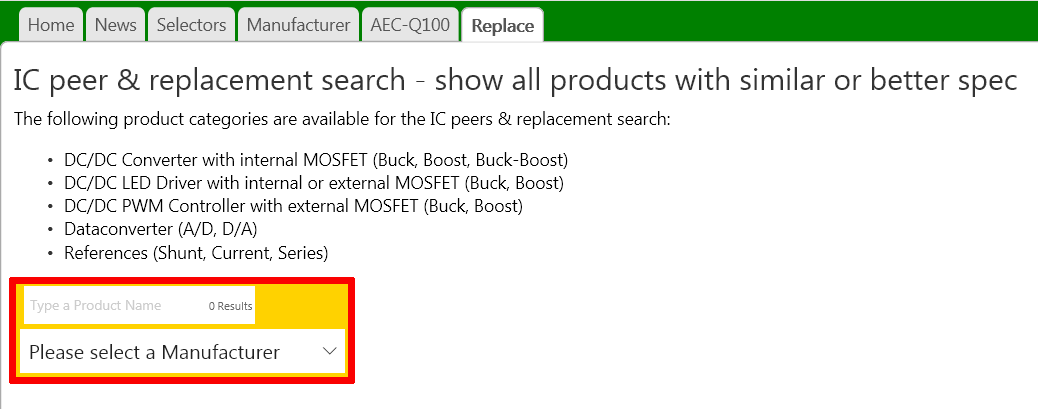
Figure 1 - Searching for an alternative of a device starts here. Type the part number in the quick-select field or use the drop-down menu to select it
Research for a substitution part can be based on several criteria. Starting point is the one-page description of the device for which an alternative is needed. This page is called by going to the »Replace« tab on the top (or by clicking »Replace« in the mobile menu) and by entering either the part-number into the quick-search field or selecting it from the drop-down list.
Finding the right ones is easy
If for example, a replacement for the LT3481, a buck converter with an internal MOSFET from Linear Technology is needed, selecting this part in the described way will bring up its one-page description. This page gives the user a short overview over the functionality of the device, lists the key parameters, provides links to the manufacturers homepage and datasheet and shows the availability at selected distributors together with prices. And, at the left navigation pane, it quotes the number of possible replacement parts on the »Replacement Search« button, which in this example would be 14.
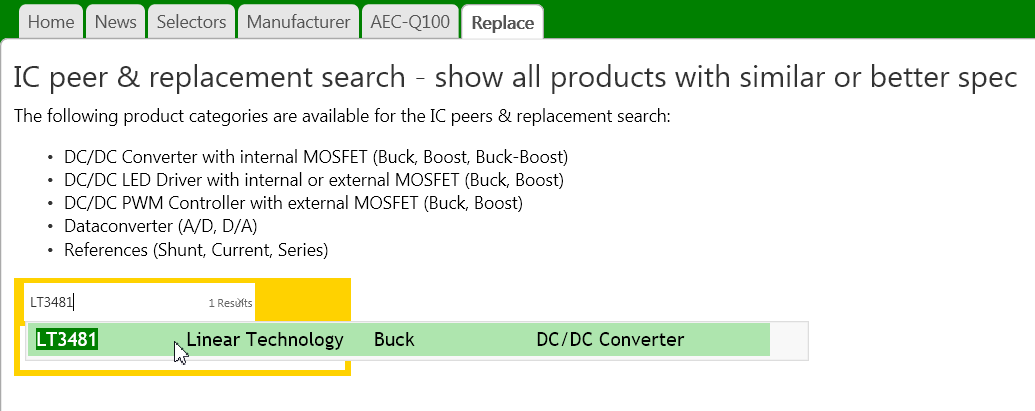
Figure 2 - With the part number in the quick-select field, just click on the correct one once it shows up
The list can be narrowed down (or expanded) using several options. First, it is possible to search with a percentage variation of the main parameters. These variations can be adjusted by 0, 10, 25 or 50%. Leaving it at 0% means that all parts shown as matches will have the same, or better, main data. In our example of the LT3481, which has a maximum input voltage of 36V, a variation of 0% means that all listed peers will have a maximum input voltage of 36V, or higher. A variation of 10% means that the devices listed will have a maximum input voltage of 32V or higher and a variation of 25% that parts with a maximum input voltage of 26V or higher will be shown. This makes it easy to select parts with somewhat different parameters, if for example a part for an upgraded design is desired.
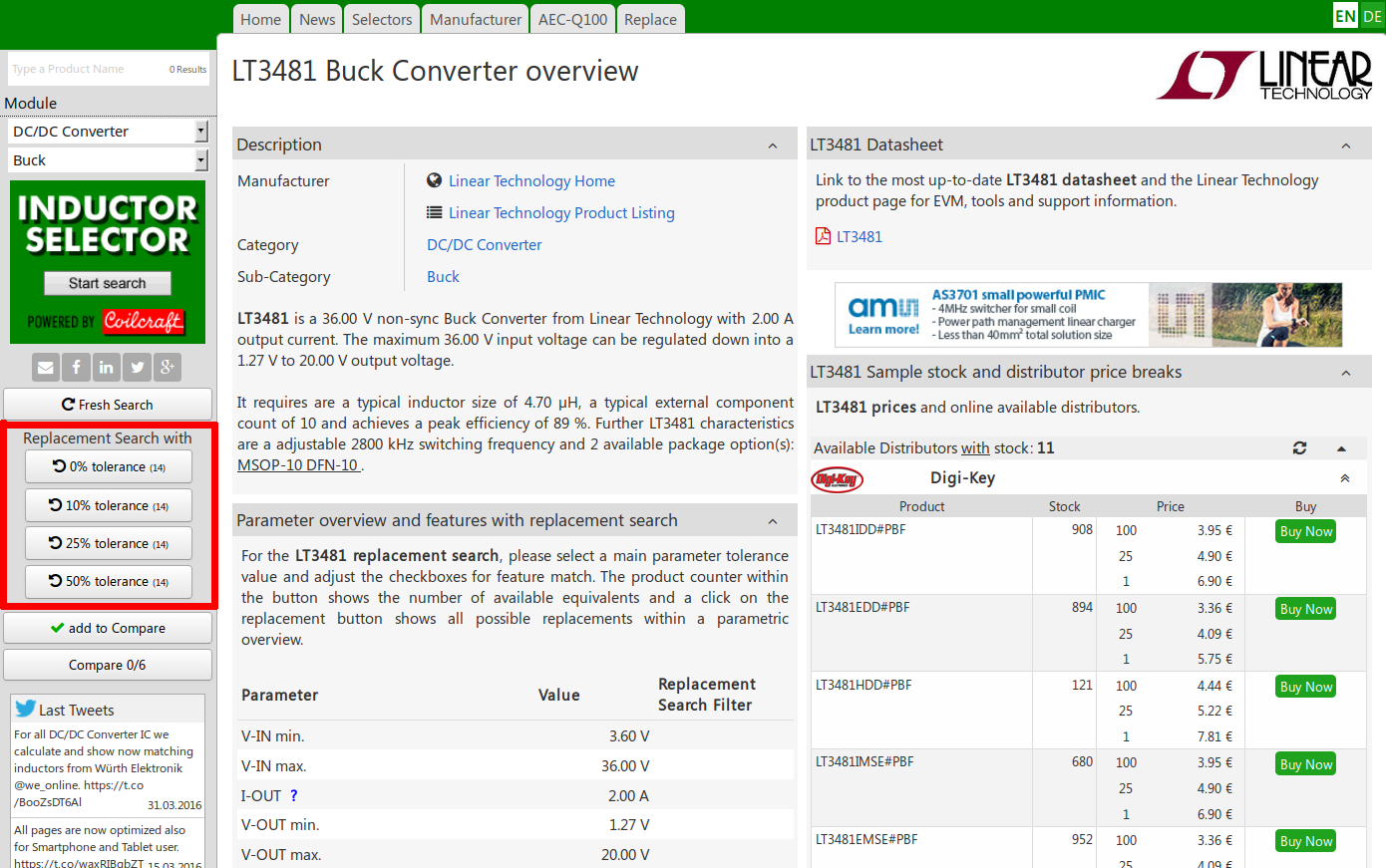
Figure 3 - The one-page product overview shows a short description, the main parameters, distributors having stock, equivalent parts and more
Drilling further down
In addition to the value range of parameters, also the product features can be selected and tuned. By default, all existing properties of the IC to be replaced are checked in the parameter overview and features table. Therefore, only devices with the same minimum (or better) characteristics will be considered possible replacements.

Figure 4 - By default all available features of a device are already selected. Non-existent features are left unchecked allowing a wider choice of feature-rich alternatives
In the case of the LT3481, this means that peers must have:
- Adjustable output voltage;
- Adjustable switching frequency;
- Adjustable soft-start;
- Light-load mode; and
- External clock synchronisation.
14 available options is already a decent amount of possible parts, but the list can be stripped down even further by dropping features the part does not have.

Figure 5 - Checking non-existent features tells the search routine that only devices also not having that feature should be considered as possible replacements. Therefore, only devices with exact the same feature set will be displayed
In this example, this means that peers are not allowed to have:
- No programmable Vout;
- No tracking;
- No AEC-Q100 qualification; and
- No adjustable current limit.
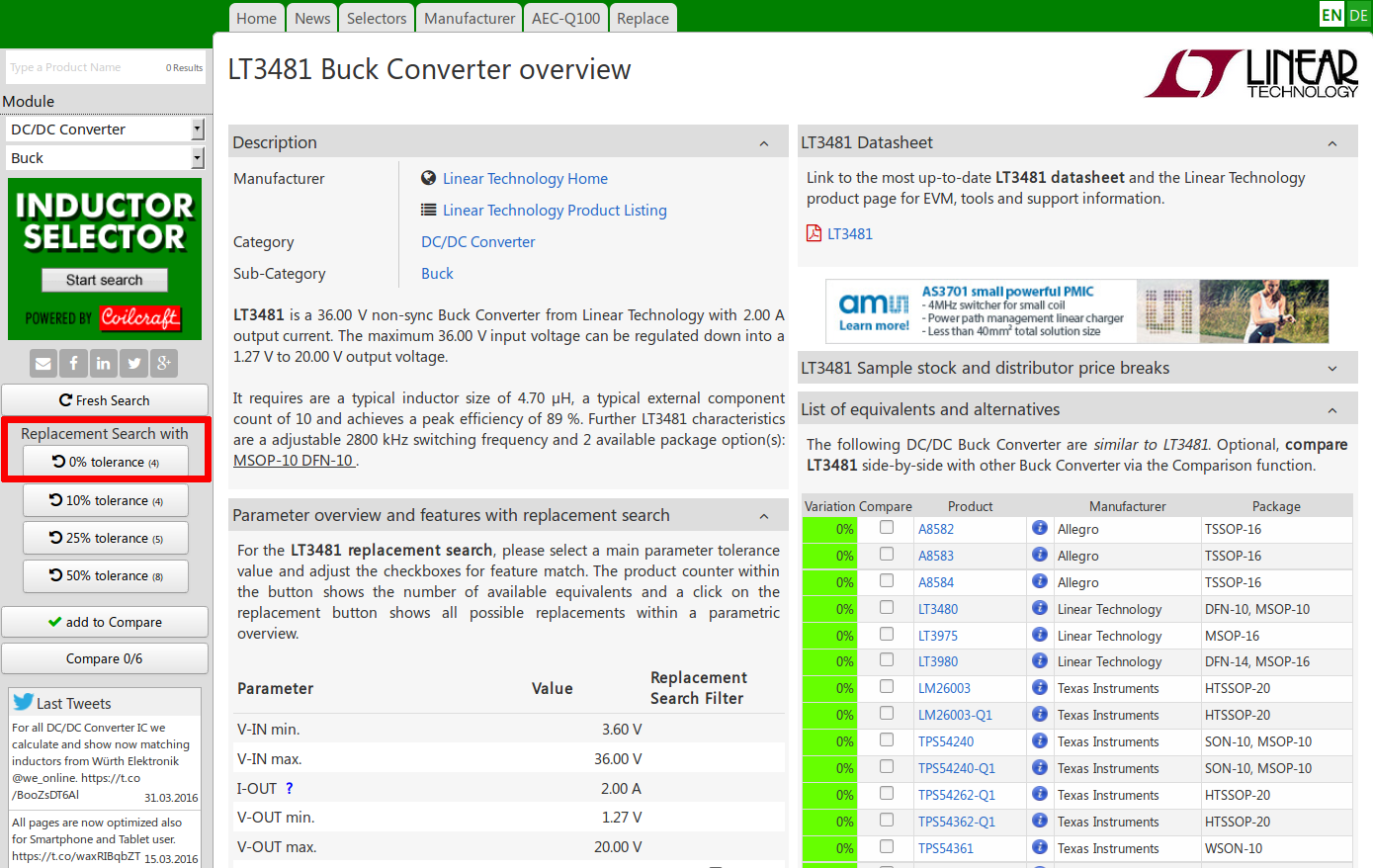
Figure 6 - With all features selected as on the original device, the number of possible equivalents gets down to four
Adding these criteria brings the number of proposed ICs down to four which have identical or better specifications and also posses exactly the same feature set as the LT3481.
Now, after clicking the »0% Variation Replacement Search« button at the left navigation pane, the four devices are shown in the parametric table together with the part to be replaced. This allows to manually check and to compare the main parameters. To make a final decision on the selection, some or all ICs can be displayed in a compact comparison, which shows additional data like frequencies or quiescent current, as well as available packages. This overview can be called by marking the check-boxes in front of the part number and clicking the »Compare« button on top of the table. A new page opens, displaying all checked products side-by-side.
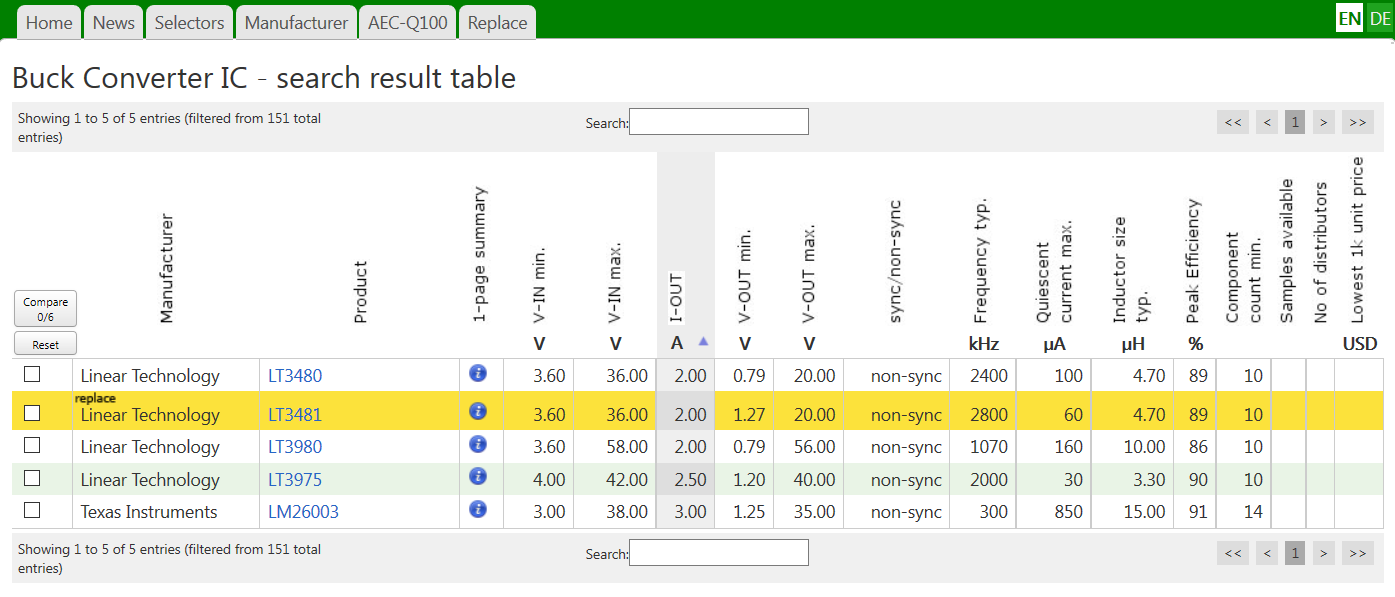
Figure 7 - The equivalent search results are summarised in a compact overview table, making it easy to compare their main parameters
If the new part should be a drop-in replacement, an identical package needs to be chosen. Available packages are shown at the bottom of the page. In our LT3481 example, there is just one device offering the same as the LT3481: The LT3480, which is also very close in terms of parameters and identical in terms of features, so this is a high chance pin-to-pin replacement. The other three products differ in package types or pin counts, but are functionally equivalent, so they might be a good choice for a redesign.
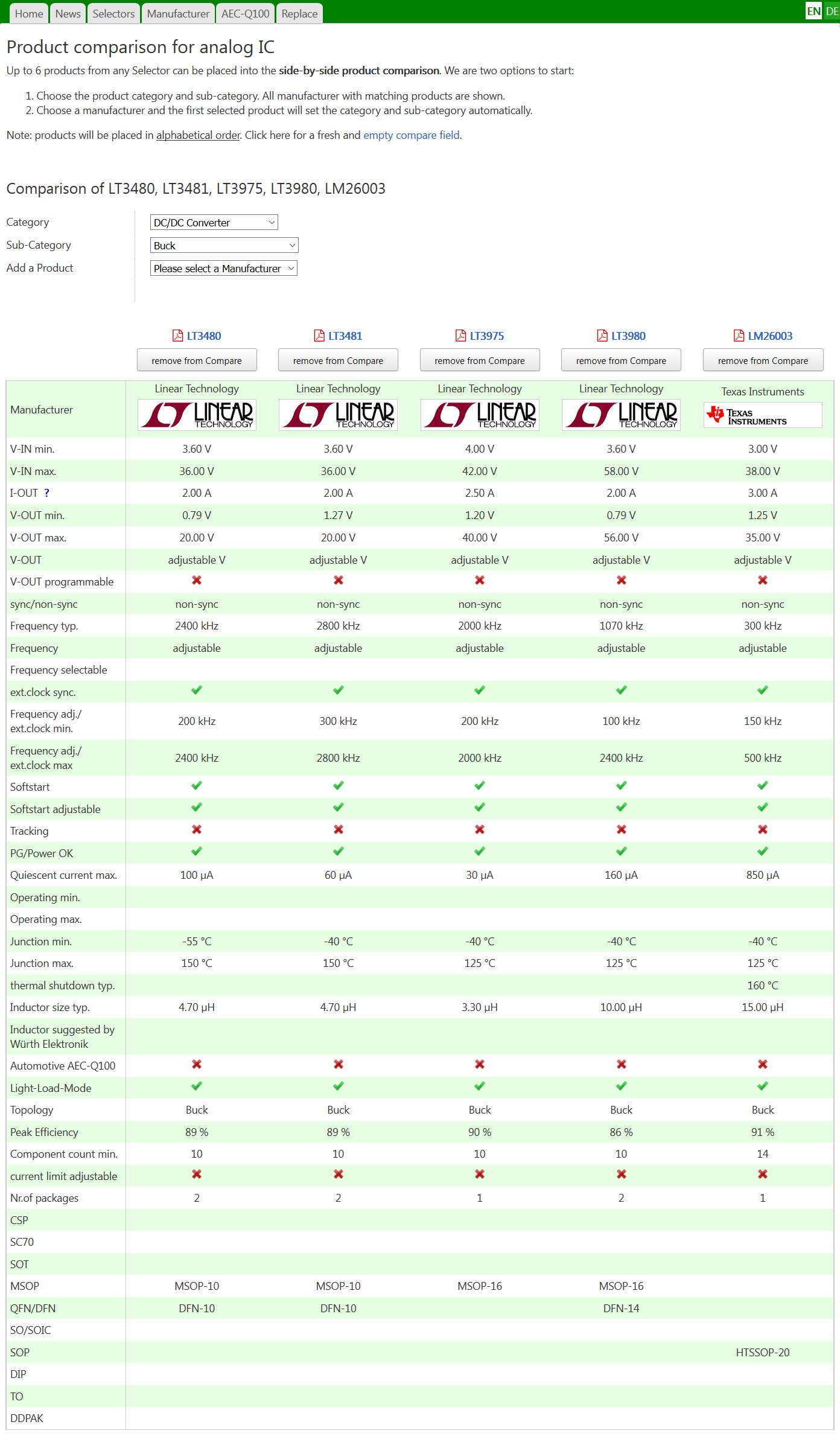
Figure 8 - Candidates can be compared using the side-by-side comparison table
Spend time creating applications, not searching
The above example showed that using a feature-rich and well programmed selector tool allows to search for replacement parts over a wide variety of devices and vendors in only a few minutes, instead of comparing specifications and features manually using the web and datasheets, a task which might take hours. This greatly increases the productivity of the design engineers, who could concentrate on the more valuable task to create tomorrows applications rather than searching for parts.


